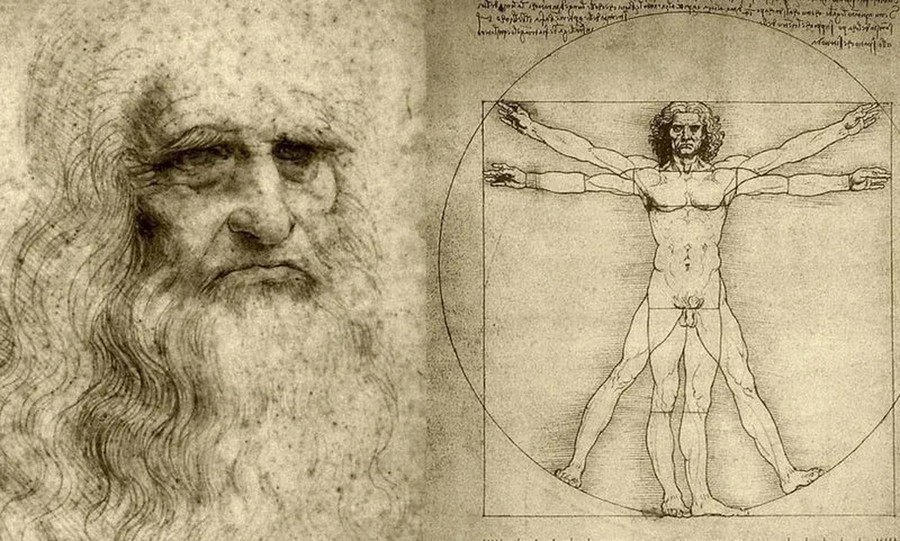A Venus figurine is any Upper Palaeolithic statuette portraying a woman, usually carved in the round. Most have been unearthed in Europe, but others have been found as far away as Siberia, and distributed across much of Eurasia.
Most date from the Gravettian period (26,000–21,000 years ago). However, findings are not limited to this period; for example, the Venus of Hohle Fels dates back at least 35,000 years to the Aurignacian era, and the Venus of Monruz dates back about 11,000 years to the Magdalenian. Such figurines were carved from soft stone (such as steatite, calcite or limestone), bone or ivory, or formed of clay and fired. The latter are among the oldest ceramics known to historians. In total, over 200 such figurines are known; virtually all of modest size, between about 3 and 40 cm (1.2 and 15.7 in) in height. These figurines are recognised as some of the earliest works of prehistoric art.
Most have wide hips and legs that taper to a point. Arms and feet are often absent, and the head is usually small and faceless. Various figurines exaggerate the abdomen, hips, breasts, thighs, or vulva, although many found examples do not reflect these typical characteristics. Depictions of hairstyles can be detailed, and especially in Siberian examples, clothing or tattoos may be indicated.
The original cultural meaning and purpose of these artefacts is not known. It has frequently been suggested that they may have served a ritual or symbolic function. There are widely varying and speculative interpretations of their use or meaning: they have been seen as religious figures, an expression of health and fertility, grandmother goddesses, or as self-depictions by female artists.
The Venus of Tan-Tan (supposedly, 500,000-300,000 BP) is an alleged artifact found in Morocco. It and its contemporary, the Venus of Berekhat Ram, have been claimed as the earliest representations of the human form.
The Venus of Berekhat Ram (280,000-250,000 BP) is a pebble found at Berekhat Ram on the Golan Heights. The pebble was modified by early humans and is suggested to represent a female human figure.
The object was excavated and first described by Naama Goren-Inbar from the Institute of Archaeology, The Hebrew University of Jerusalem. The artifact is a scoria pebble, 35 mm long, 25 mm wide, and 21 mm thick. It weighs approximately 10 g. It was excavated in 1981 at the Acheulian site of Berekhat Ram, Golan Heights. The object is dated 280,000-250,000 BP.
Goren-Inbar reported several artificial grooves on the object: one is a transversal groove in the upper third, others are longitudinal grooves on the sides below the traversal groove. Alexander Marshack performed a microscopic study of the object in 1997. He also reported artificial modifications including the transversal and longitudinal grooves found by Goren-Inbar. Finally, Francesco d'Errico and April Nowell re-examined the object using a comparative approach. They partly confirmed, partly corrected the findings of Marshack. d'Errico and Nowell also reported the above grooves (with some corrections) and, additionally, reported areas of possible abrasion on the front, back and bottom of the object.
The Lion Man is a masterpiece. Sculpted with great originality, virtuosity and technical skill from mammoth ivory, this 40,000-year-old image is 31 centimetres tall. It has the head of a cave lion with a partly human body. He stands upright, perhaps on tiptoes, legs apart and arms to the sides of a slender, cat-like body with strong shoulders like the hips and thighs of a lion. His gaze, like his stance, is powerful and directed at the viewer. The details of his face show he is attentive, he is watching and he is listening. He is powerful, mysterious and from a world beyond ordinary nature. He is the oldest known representation of a being that does not exist in physical form but symbolises ideas about the supernatural.
Found in a cave in what is now southern Germany in 1939, the Lion Man makes sense as part of a story that might now be called a myth. The wear on his body caused by handling suggests that he was passed around and rubbed as part of a narrative or ritual that would explain his appearance and meaning. It is impossible to know what that story was about or whether he was deity, an avatar to the spirit world, part of a creation story or a human whose experiences on a journey through the cosmos to communicate with spirits caused this transformation.






